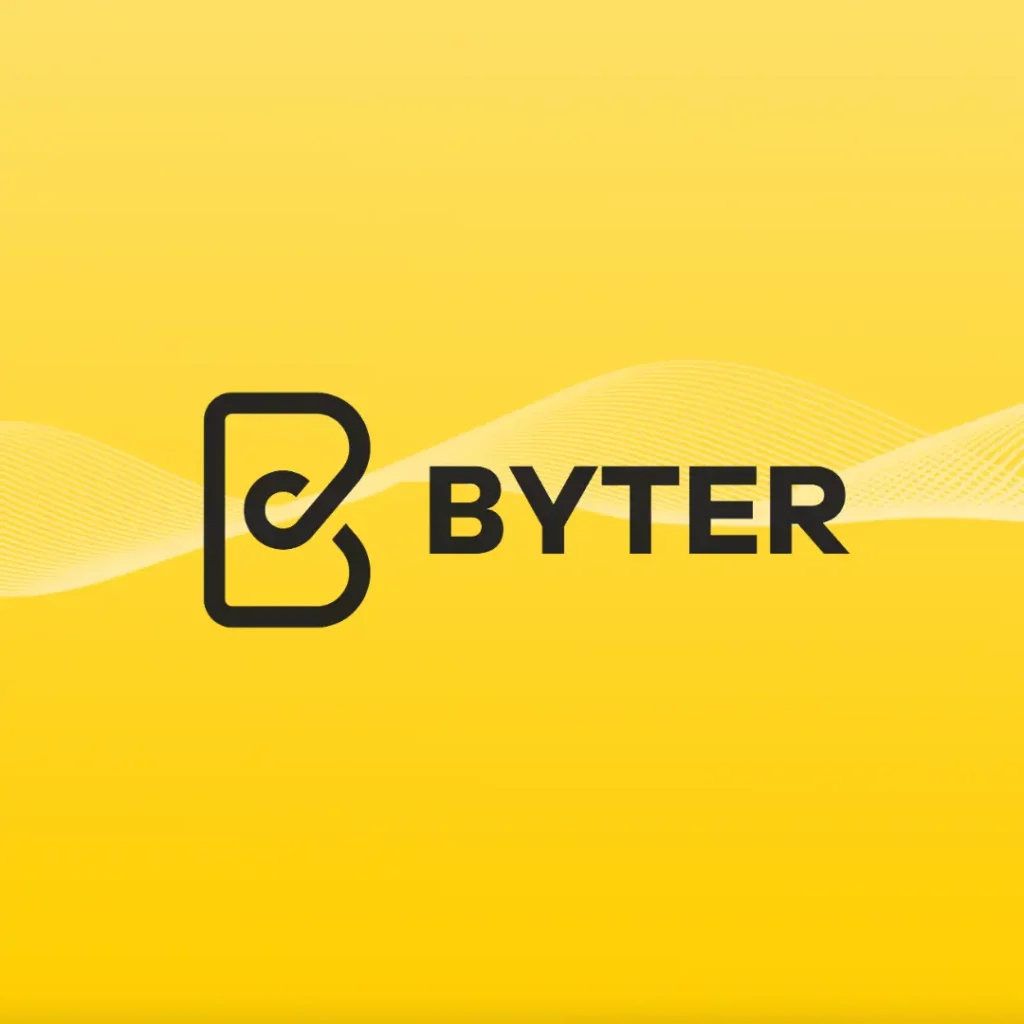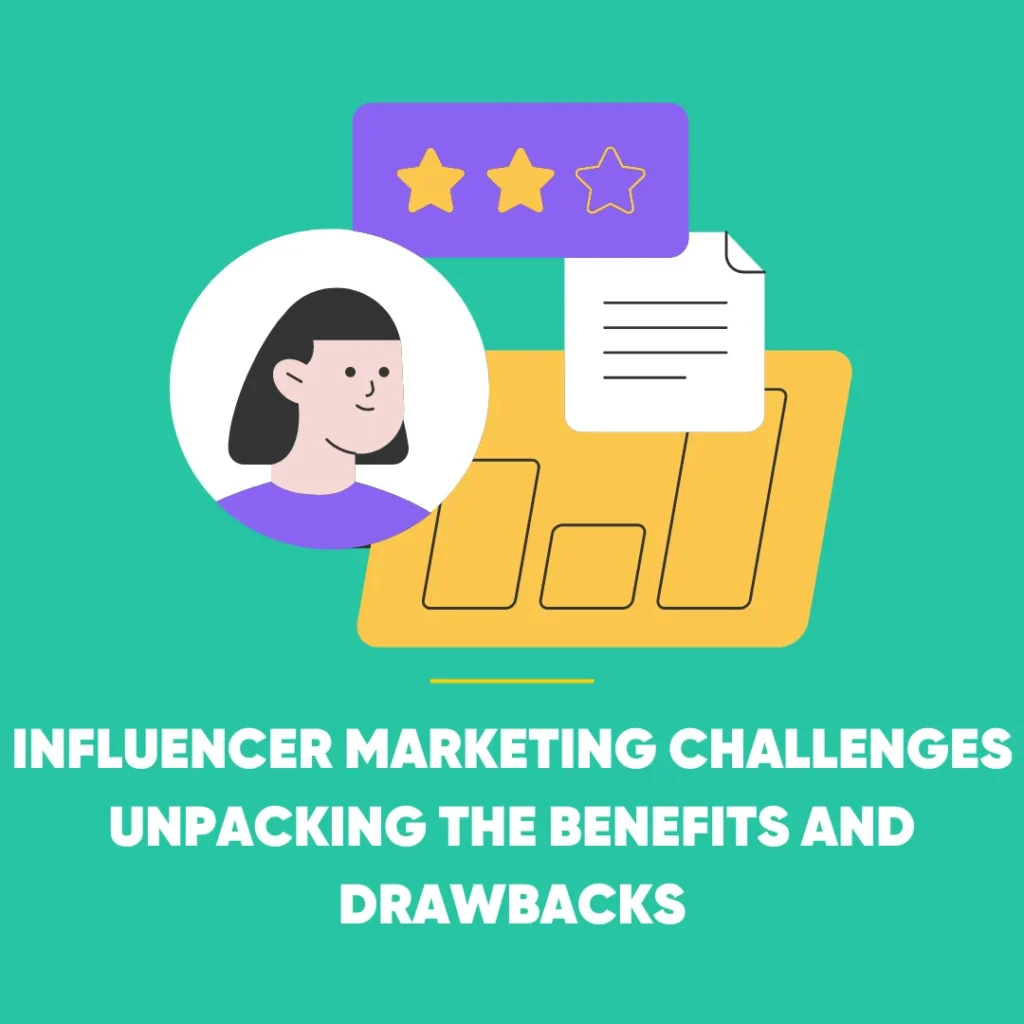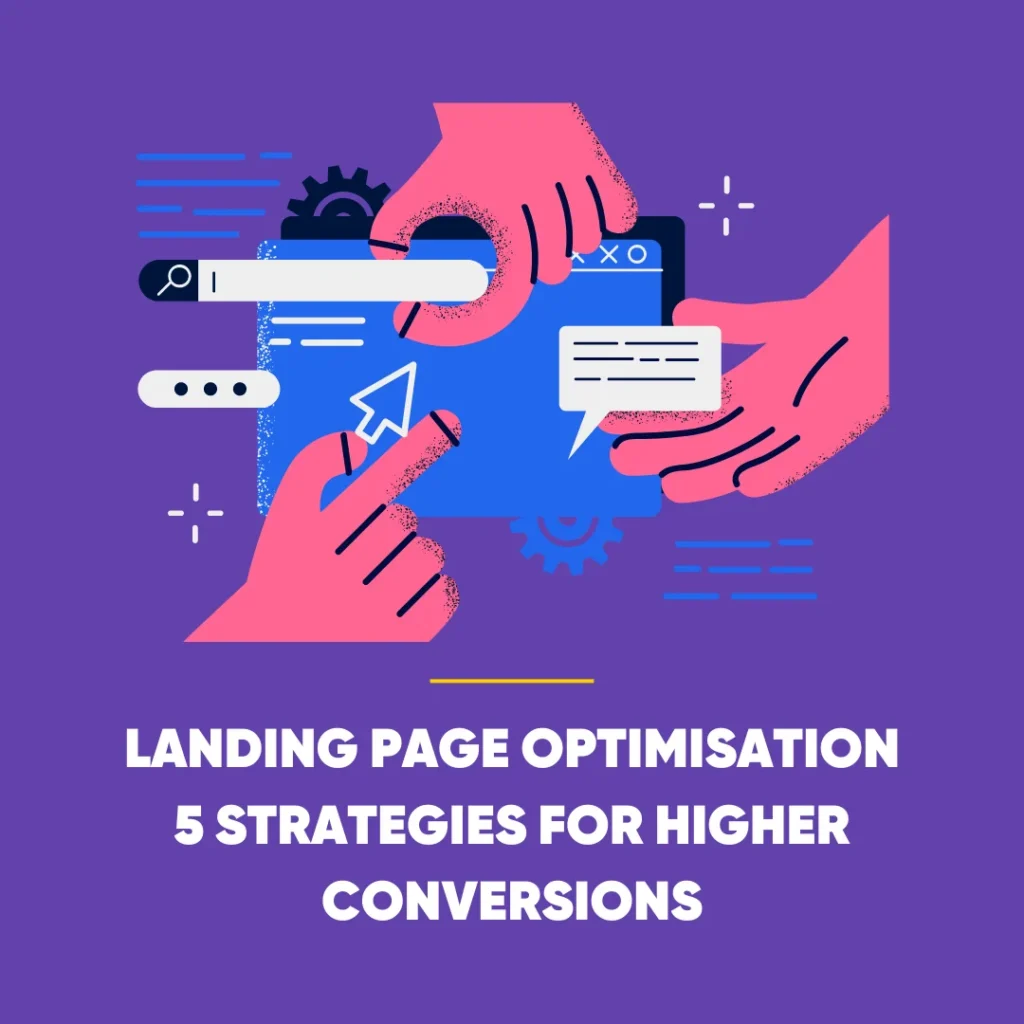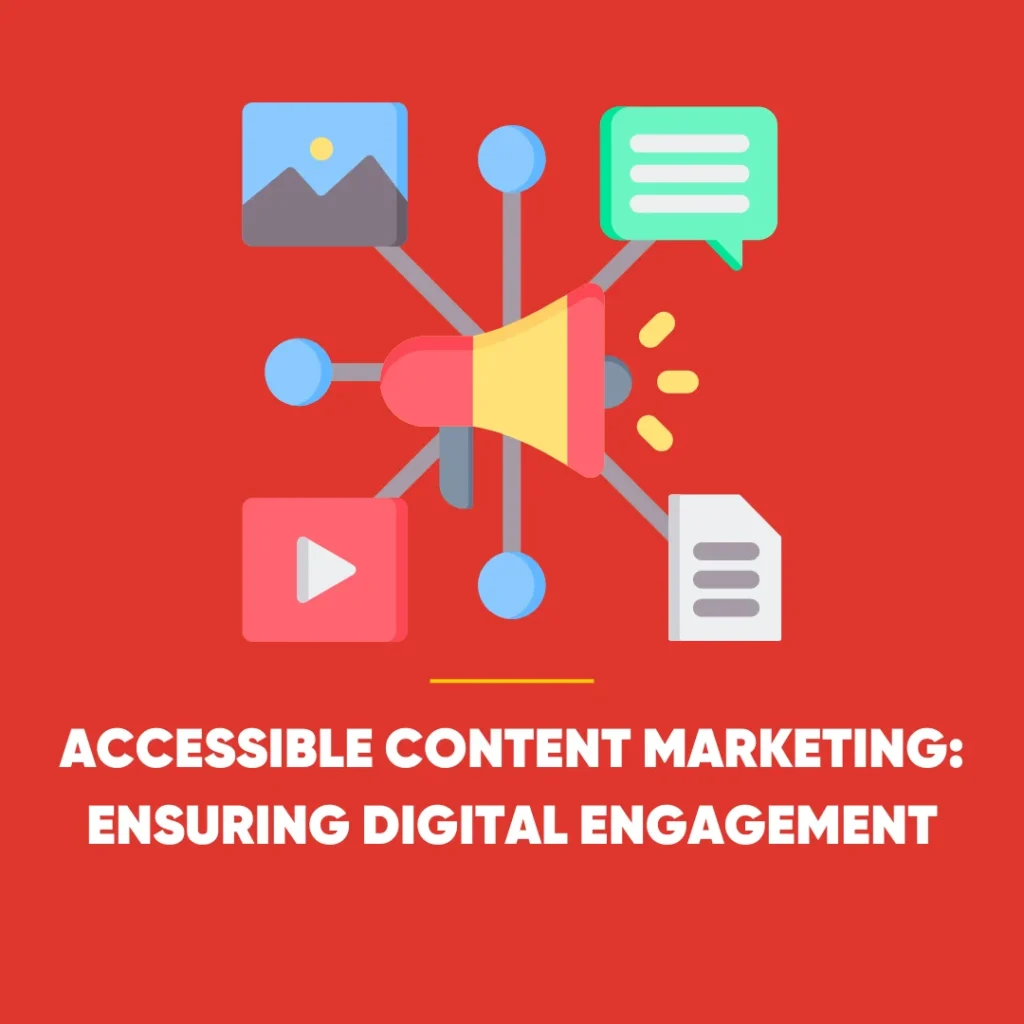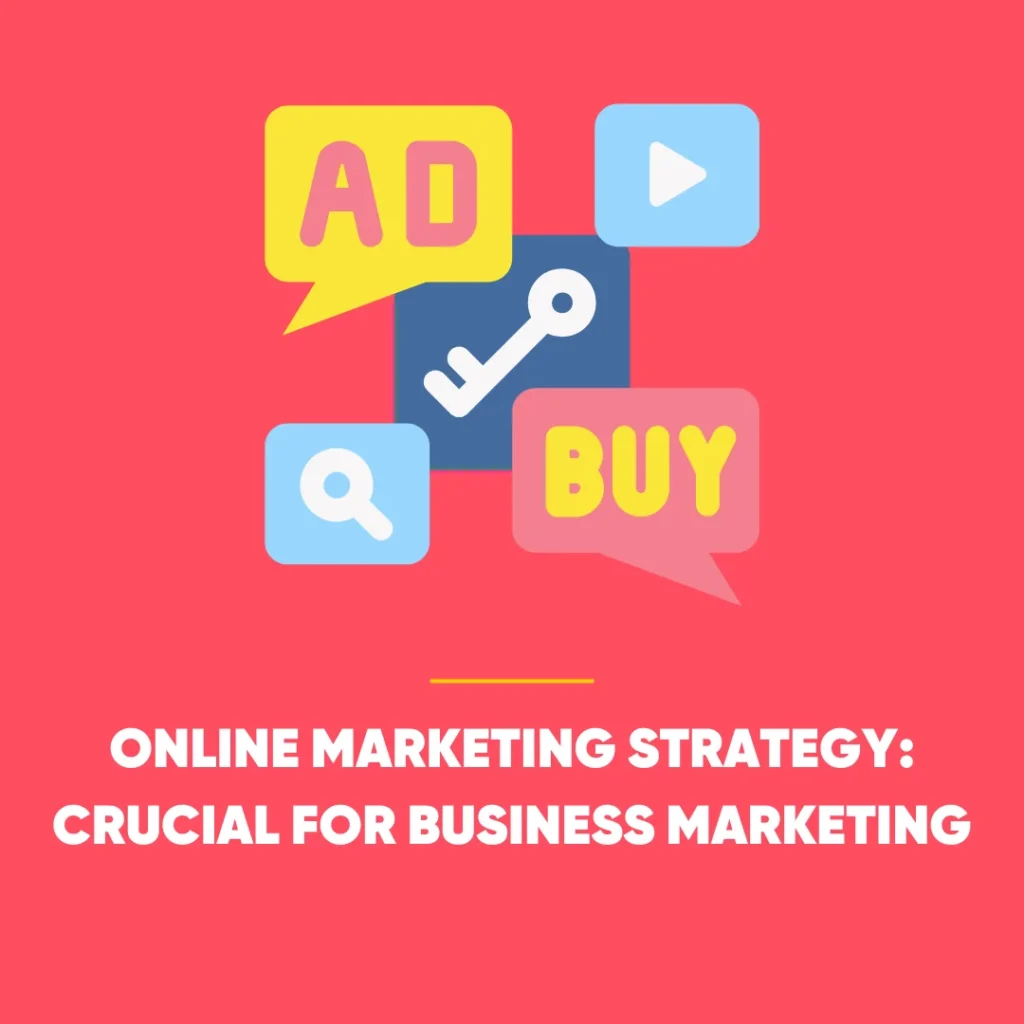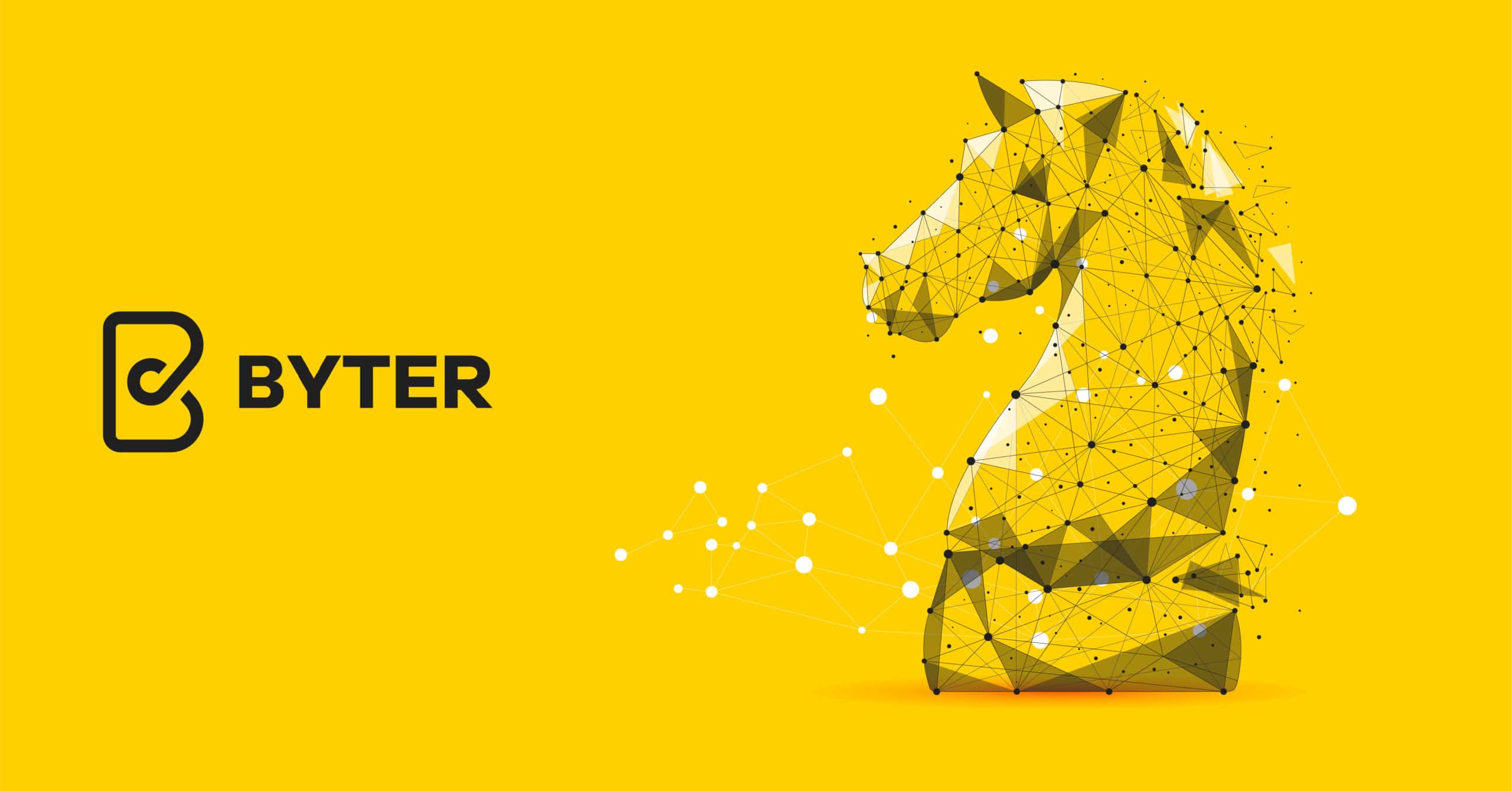
Chatbots: A Beginner’s Guide
First Things First: What Even is a Chatbot?
A chatbot is a software application used to conduct an on-line chat conversation via text or text-to-speech, in lieu of providing direct contact with a live human agent.
Sounds complicated? Let’s come up with an imaginary example.
Let’s imagine you want to buy some trainers from (the very imaginatively named) Trainer Zone. Ordinarily, you’d go to their website and browse at your leisure until you’d found a pair you’d want to purchase. Well, if Trainer Zone decided to make a bot then you could replace this process by instead simply messaging them on e.g. Facebook. Having asked you what you were looking for, a conversation opens up much akin to an actual in-store experience.
‘But what about things other than trainers’ I don’t hear you ask but will answer anyway…
Want to find out the weather? Need help picking out next week’s groceries? Fancy some financial advice? You’re covered. Weather bots, Grocery bots and Personal Finance Bots all exist and are ready at your convenience. Heck, in China there’s even a bot called Xiaoice acting as nothing more than a friend to over twenty million people. Pretty crazy right? But it’s true, with bots the possibilities are endless.
But Why Make a Bot in the First Place?
Yes, they technology seems impressive enough, but what’s the big deal? Is it really worth a company spending their valuable time and energy on them? In short, absolutely!
For the first time ever, messenger apps are being used more than social networks, so if you want to build a business online, you’ll naturally be drawn to where the people are: inside messenger apps.
As Aaron Batalion from Lightspeed Venture Partners writes:
“Major shifts on large platforms should be seen as opportunities for distribution. That said, we need to be careful not to judge the very early prototypes too harshly as the platforms are far from complete. I believe Facebook’s recent launch is the beginning of a new application platform for micro application experiences. The fundamental idea is that customers will interact with just enough UI, whether conversational and/or widgets, to be delighted by a service/brand with immediate access to a rich profile and without the complexities of installing a native app, all fuelled by mature advertising products. It’s potentially a massive opportunity.”
In short, it comes down to those last two words: it’s a ‘massive opportunity’.
So How Do They Work?
Surely, it’s Artificial Intelligence? That must be incredibly complicated? How on earth can they talk to people and answer questions? I can’t do that myself, can I?
All good questions and in answer to the final one, yes!
There are two types of chatbots. Let’s take a look at each of them now.
Chatbots that function based on rules:
This type of bot is only as intelligent as it is programmed to be, responding only to very specific commands.
Chatbots that functions using machine learning:
This type of bot is far less limited, with its AI enabling it to understand language rather than just commands, thereby becoming increasingly intelligent with each and every conversation it has with people.
What doesn’t change, though, is the fact that companies create each with a purpose, whether that be to facilitate a purchase or answer customer support queries. Either way, it seems the days of ringing up businesses are numbered.
Artificial Intelligence
Some good news…Thankfully, you don’t need to be an AI expert to create a great AI chatbot. It would though be recommended to apply the old adage of not trying to run before you can walk. Try not to over promise on your application’s abilities and even hold off until you’re ready. Anyone with the ability to code can certainly incorporate some level of artificial intelligence into their products, so it might be worth keeping this in mind when listing the ‘required skills’ in your hiring process!
Building Chatbots
Before you delve into the how, you’ll have to take a look at they why. In other words, what problem is your bot going to solve? Once this question has been answered, it’s time to choose which platform your bot is going to live on. Next, you’ll need to set up a server to run your bot from and then decide which service you will use to build your bot.
As Matt Hartman, the Director of Seed Investments at Betaworks, writes:
“The difficulty in building a chatbot is less a technical one and more an issue of user experience. The most successful bots will be the ones that users want to come back to regularly and that provide consistent value.”
Don’t worry. There’s no gold rush leaving you behind. As is usually the case, it’s worth taking your time and remembering that quality wins in the end.
Time to Join the Chatbot Revolution?
Chatbots are not an entirely new phenomenon. In fact, they’ve been around for decades. It’s only due to recent advancements in artificial intelligence and machine learning that the aforesaid “huge opportunity” has arisen. Whether you’re currently building or wanting to learn how to build a chatbot, as always from the Byter Team, good luck!

